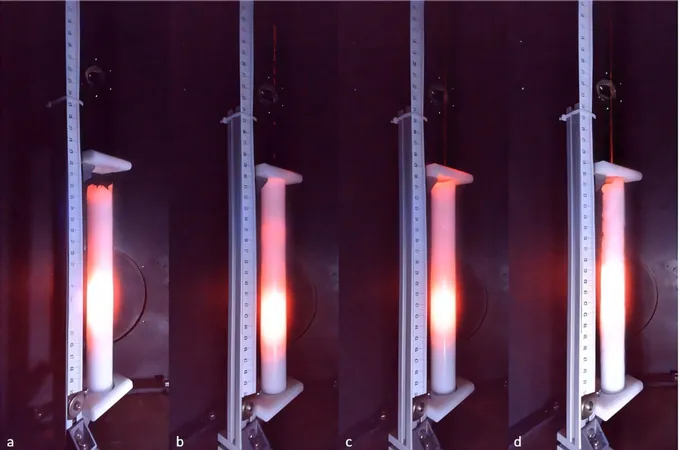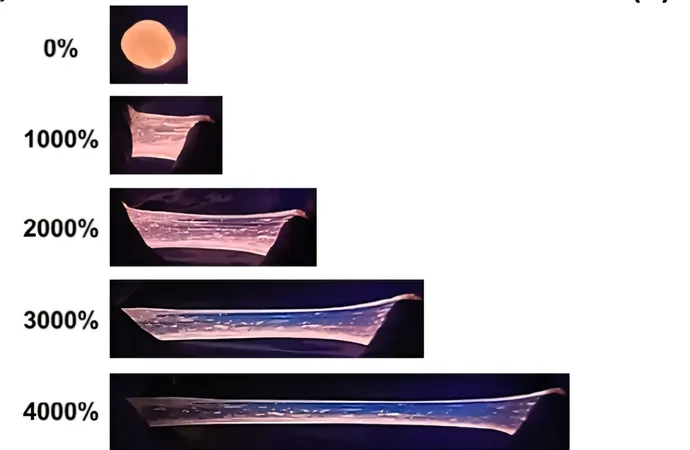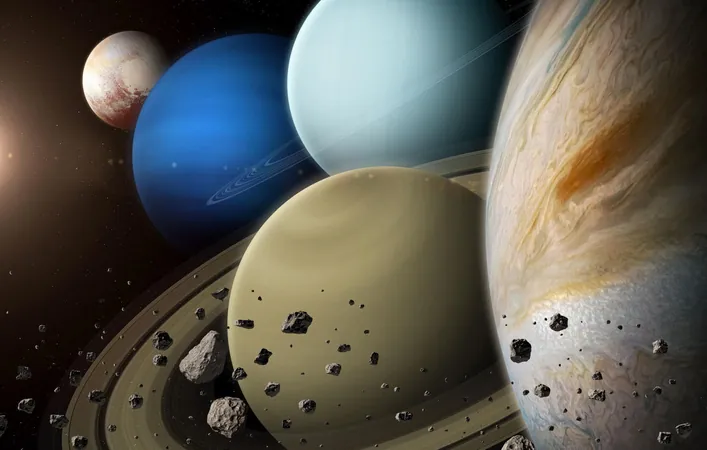
Laser Breakthrough: Drilling Through Extraterrestrial Ice Like Never Before!
2025-09-15
Author: Emma
Unlocking the Secrets Beneath Alien Ice
Lasers aren't just about entertaining cats or enhancing presentations. A groundbreaking study from the Technical University of Dresden reveals that lasers could revolutionize how we drill into icy extraterrestrial surfaces, from the polar caps of Mars to the depths of comets!
The Cryobot Conundrum: Why We're Thinking Bigger!
Traditionally, drilling into ice on other planets has relied on a device known as a cryobot, which essentially uses thermal contact to melt through the ice. But here’s the catch: this method demands an overwhelming amount of power—up to kilowatts! Meanwhile, a typical lander's radioisotope generator can only supply a few hundred watts. Landing such heavy equipment elsewhere in the solar system is not only challenging but incredibly costly.
Challenges of Current Methods
Add in the logistical nightmare of needing longer drilling tools to reach deeper ice, and the challenge becomes even more daunting. Plus, in the vacuum of space, ice doesn’t turn into liquid, so the thermal contact method often becomes ineffective.
Enter the Laser: A Game Changer!
Why not use lasers instead? These incredible tools address many of the cryobot's challenges! They’re compact, require significantly less power, and, best of all, they don't need direct contact with the ice. Plus, they can cause sublimated ice to float up, bringing any trapped particles along for analysis.
A Groundbreaking Experiment!
To test this visionary concept, researcher Martin Koßagk and his team set up an experiment in a vacuum chamber using a 1550nm infrared laser—this specific wavelength is perfectly absorbed by ice, maximizing energy transfer.
Drilling at Incredible Speeds!
The results were nothing short of astonishing! Using 'clear' ice, they achieved a drilling rate of about 1 meter per hour with just under 20 watts of laser power. They then tested on 'granular' ice, achieving an impressive 1.7 m/h with only 12.7 watts, while 'dusty' ice samples (with over 50% dust content) saw drilling speeds soar to 3.1 m/h using just 10 watts!
Challenges Ahead: The Road to Perfection
While the speed is remarkable, there are hurdles to overcome. The boreholes create a narrow 6.15mm opening—hardly enough for any substantial probing! Plus, as pressure builds at the bottom of deeper holes, ice may melt rather than sublimate, complicating the process.
The Future of Space Exploration!
Despite these challenges, lower gravity on other planets may help maintain open boreholes to greater depths compared to Earth. Still, the ejected dust poses a risk of contaminating the laser mirrors, impeding efficiency. As this research advances, we could be on the brink of uncovering the mysteries hidden beneath the ice of other worlds!









 Brasil (PT)
Brasil (PT)
 Canada (EN)
Canada (EN)
 Chile (ES)
Chile (ES)
 Česko (CS)
Česko (CS)
 대한민국 (KO)
대한민국 (KO)
 España (ES)
España (ES)
 France (FR)
France (FR)
 Hong Kong (EN)
Hong Kong (EN)
 Italia (IT)
Italia (IT)
 日本 (JA)
日本 (JA)
 Magyarország (HU)
Magyarország (HU)
 Norge (NO)
Norge (NO)
 Polska (PL)
Polska (PL)
 Schweiz (DE)
Schweiz (DE)
 Singapore (EN)
Singapore (EN)
 Sverige (SV)
Sverige (SV)
 Suomi (FI)
Suomi (FI)
 Türkiye (TR)
Türkiye (TR)
 الإمارات العربية المتحدة (AR)
الإمارات العربية المتحدة (AR)